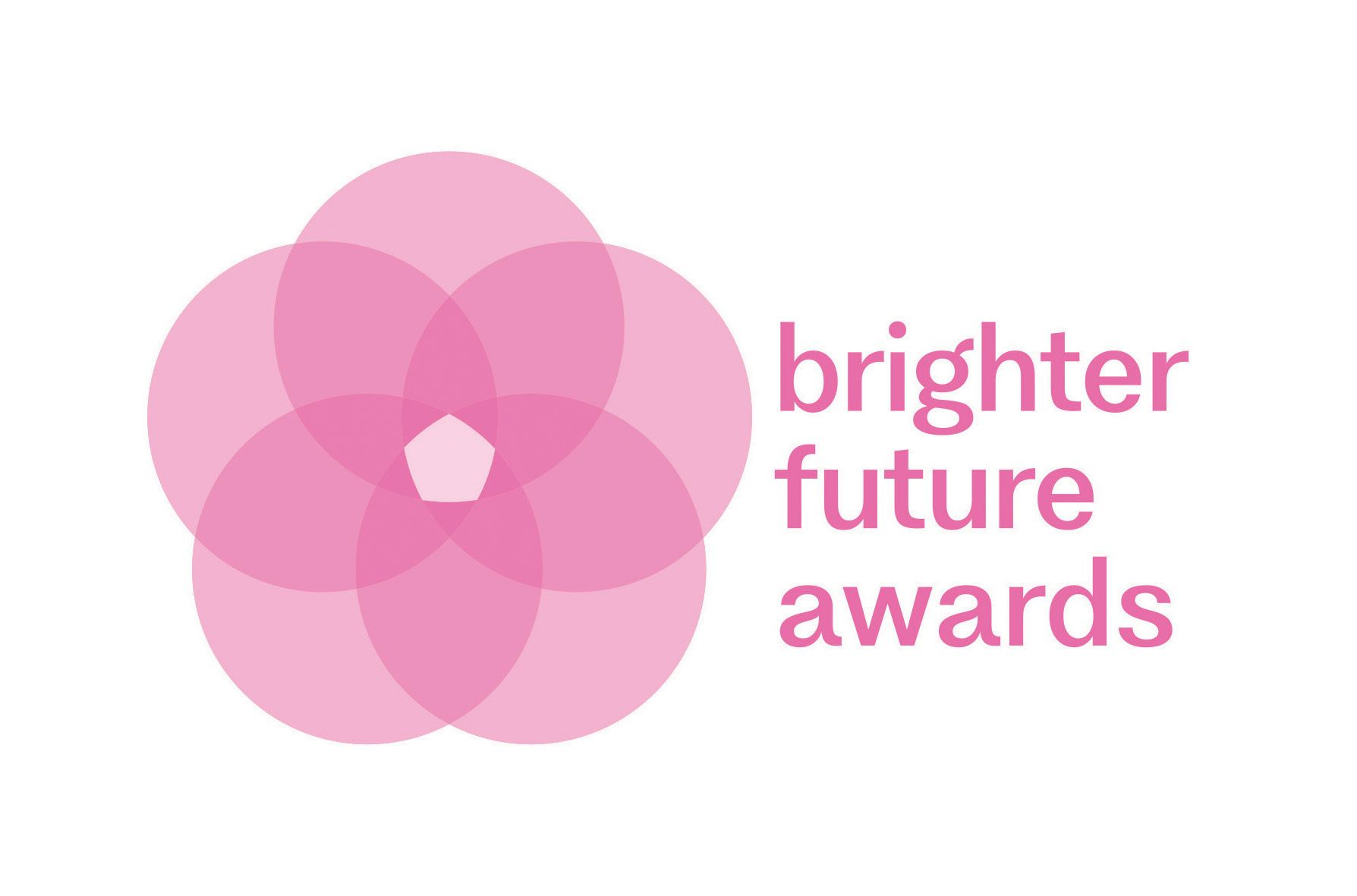THIS WICKED PROBLEM IS SOLVABLE: A simple approach for helping young people find stability
Olivia Shekleton from Home Base Tasmania introduces us to their program, Jump Start, that's proving just a small investment in our young people can make a world of difference.
On the last Census night in 2021, nearly 600 Tasmanian children and young people aged 12 to 24 were recorded as being homeless, with Tasmania recording the largest increase in child and youth homelessness in the country between the 2006 and 2021 Censuses (up 42.6%).
This problem has increased since the Census with 1,715 unaccompanied children and young people aged between 8 and 17-years old presenting to Tasmanian homelessness services in 2023.
Young people are locked out of the housing market at every level, whether it is due to affordability in the private rental market or the poor financial viability of providing social housing tenancies to young people for housing providers – not to mention the unaffordable and highly competitive housing market.
"As a community, we are failing young people."
In a place like Tasmania, this wicked problem is solvable. We need to invest in young people as a community. We can end youth homelessness and allow our young people to succeed.
This is why Home Base Tasmania has developed and funded JumpStart––a rental subsidy program of up to $50 per person per week to support young people who are studying or completing apprenticeships or traineeships to enter the private rental market, either in one of our head leased share houses or in a tenancy they find themselves.
As a part of Home Base’s housing strategy for young people, we completed financial modelling that showed the gap between a young person’s income from an apprenticeship or traineeship and an affordable home in the private rental market was $50 per week per person.
Key Tasmanian business partners, MyState Foundation and Wilson Homes, came on board with financial support for the subsidies for young people. MyState Foundation also provided furniture, whitegoods and food to set up the two share houses that Home Base head leased for up to six young people. MyState Foundation also provided an opportunity for budgeting mentorship.
JumpStart was implemented in July 2023. Since then, 103 applications have been received and 21 young people have entered the JumpStart program. There have been incredible stories of resilience, growth and hope shown by our JumpStart participants.
"The constant questions when applying for private rentals were hard to answer without a rental history."
Esther* was able to leave foster care after dreaming of living independently since the age of 16. Esther told us the “cost of private rentals and getting into the market as a young adult is overwhelming” and the constant questions when applying for private rentals were hard to answer without a rental history.
Esther heard about JumpStart from a support worker and jumped at the chance to apply: “I am completing my apprenticeship in hairdressing, and joining JumpStart means I am so much closer to work."
Rick* is a 19-year-old father to an energetic two-year-old boy, Hayden*. Rick had been staying with family while he tried desperately to find a place he could affordably and safely live with Hayden.
“I was really concerned about how I would manage financially," he tells us. “There are always other people applying for the same rentals who are usually older and have more income. Young applicants are overlooked."
Rick says it is a relief to have been accepted into the JumpStart program because it has removed his concern about managing his finances. Now that Rick and Hayden have moved into their own home together, they can finally spend their doing more things that are important to them, like watching Bluey and playing with monster trucks.
Rachel* is also a young parent to her daughter, as well as being a caregiver to another adult family member. She had been renting privately but finding it difficult.
“This was my first time living independently and I was struggling to keep up," Rachel admits. Since I moved in, the rent has increased by $120 per week."
Now that Rachel has signed up for JumpStart, she has started working toward a hairdressing qualification.
“Since receiving the subsidy, I've been able to fund my qualification myself. I will be fully qualified in three months."
Andrew* and his partner, Heather*, came to JumpStart ready to start their life of independence but were struggling to afford to do so outside of Andrew’s family home and without a rental history to prove they could. They also have a dog, which adds an extra challenge.
Andrew and Heather’s confidence to live independently has increased so much during their time in JumpStart that they're now leaving the program with very exciting news.
“We are close to finalising finance with the bank and will be buying our first home in a couple of months," Andrew says.
"While the program is still young, it is proving how successful we can be when the community and business sectors work together."
Every young person who has entered the program has already had the potential to reach their goals with just a little financial support. While the program is still young, it is proving how successful we can be when the community and business sectors work together to support young people.
JumpStart is not the only solution for young people, but it is evidence that solutions don’t have to be complicated to assist young people in living independently, and to succeed on their own. We can choose to solve the homelessness crisis by investing in young people now so they can get a jump start in life, build their independence and never need our services again.
Home Base Tasmania exists to provide young people with a safe, stable foundation to grow, dream and build their future.
For over 50 years, we've been helping Tasmanians with employment, education, housing and relationships. Specifically, we help young people aged five to 25 with:
- Rental subsidies to help afford a stable place to live;
- Educational support to help re-engage with school or pursue further learning;
- Family and relationship support to foster better communication and rebuild connections;
- Ending violence in the home so people can live in a safe, supportive environment;
- Accessing essential services to connect people to the support they need to live independently;
- Crisis and immediate support to help people find a safe space they feel like they've run out of options.
Everyone deserves a home base; we’re here to help young people build theirs.
*Names have been changed to protect the identity of participants.
If you would like to be part of the solution by supporting young people in Tasmania, head to https://homebasetas.org.au/jumpstart to find out more.
Other articles you may like

We acknowledge the Wathaurong, Yuin, Gulidjan, and Whadjuk people as the traditional owners of the land where our team work flexibly from their homes and office spaces. Ahi Australia recognises Aboriginal and Torres Strait Islander peoples as the first inhabitants of Australia and the traditional custodians of the lands where we live, learn and work. Ahi New Zealand acknowledges Māori as tangata whenua and Treaty of Waitangi partners in Aotearoa New Zealand.
Copyright © 2023 Australasian Housing Institute
site by mulcahymarketing.com.au







